Activities from our educators and behind the scenes stories about our collections at the museum
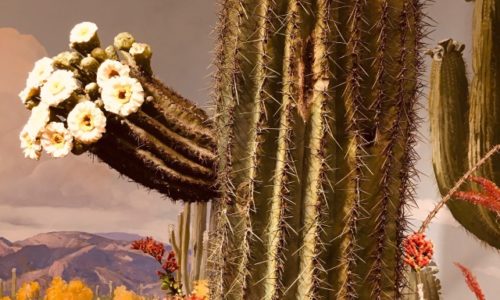
Carnegie’s Cactus: Carnegie gigantea
by Patrick McShea Diplodocus carnegii, a sauropod star of Dinosaurs in Their Time, is not the only large organism exhibited at Carnegie …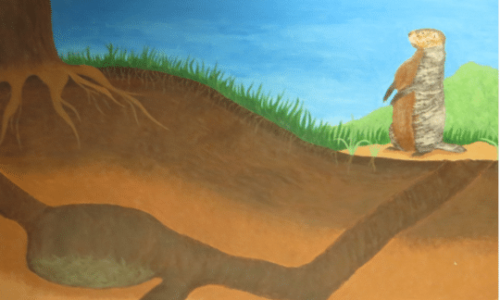
Groundhog Architecture
Contrary to the pervasive myth that is revived for public amusement every February 2, groundhogs are not able to predict the approach …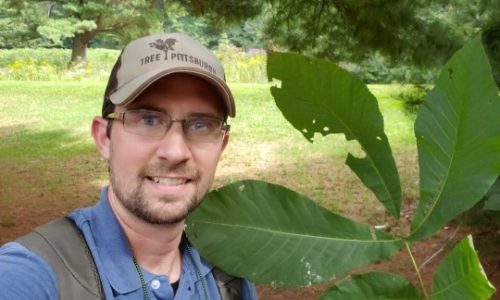
Teaching About Trees
Joe Stavish doesn’t need any reflection time to summarize the impact of the COVID-19 pandemic on his work. “The new challenge to …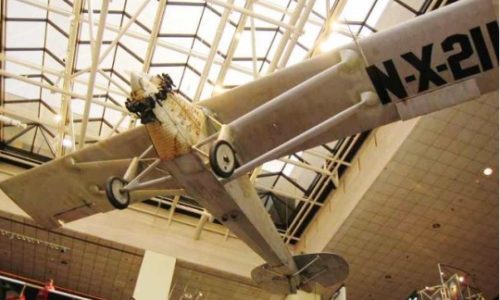
Winging It: Quetzalcoatlus and the History of Aviation
When I see Quetzalcoatlus northropi soaring above the Cretaceous in Dinosaurs in Their Time, I’m often reminded of the Spirit of St. …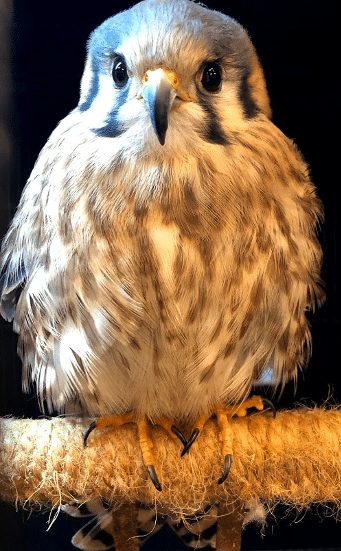
Super Science: She-Ra, the American Kestrel
Hi, my name is She-Ra and I’m an American kestrel. A scientist might call me Falco sparverius because that’s my species’ scientific …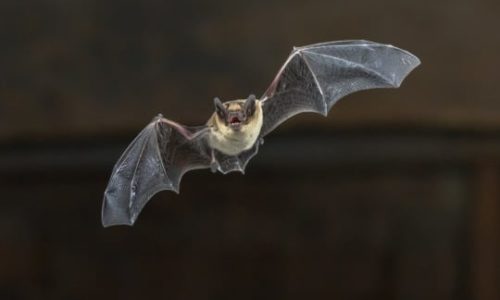
Detecting Objects with Invisible Waves: Using Radar, Sonar, and Echolocation to “See”
The ability to see visible waves of light can be beneficial for determining the size, shape, distance, and speed of things in …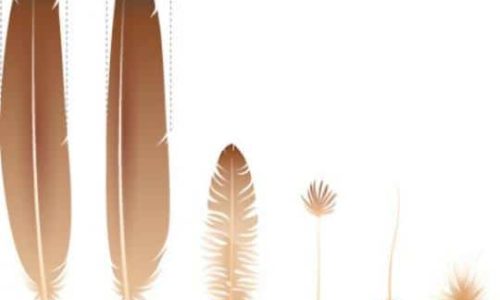
Fancy Feathers: An Unexplained Complexity in Evolutionary History
One of the most complex and highly intricate wonders of the flying world owes nothing to DaVinci’s studies on mechanical flight, the …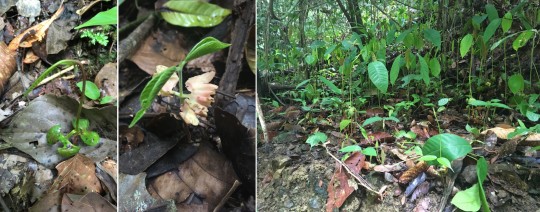
Nerding Out Over Masting, or Why Unusual Plant Reproduction Excites Animal Ecologists
As for many people, every pandemic month that passes marks another month since I’ve been able to travel. I realized recently that …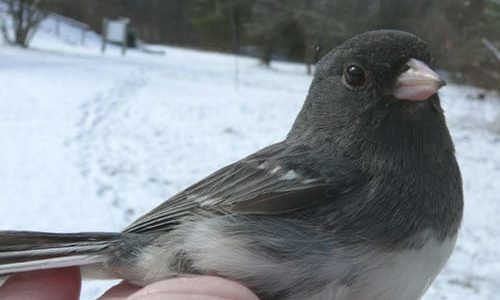
Are You Pishing at Me? Winter Birding in Pennsylvania
Leaves have fallen and so has snow, low clouds shroud the blue sky in a drop-ceiling effect, and the frigid air …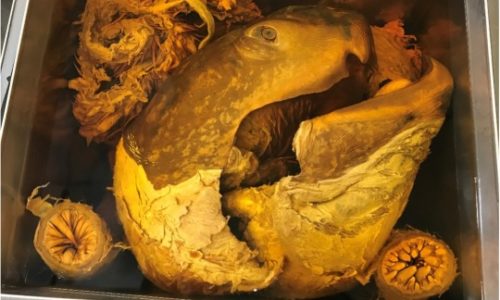
A Head Above the Rest: Unearthing the Story of Our Leatherback Sea Turtle
When you think of BIG sea creatures, you probably imagine great white sharks, huge blue whales, or ginormous cephalopods like the giant …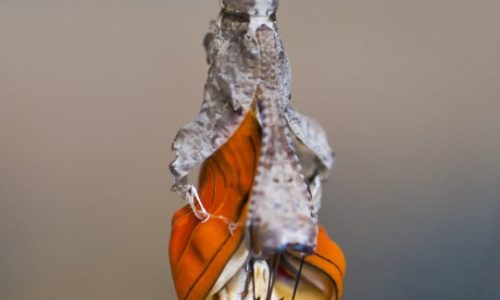
Insect metamorphosis: the key to a fresh new start
For many people, the new year represents an opportunity to make a fresh start, consider self-improvement, or turn over a new leaf. …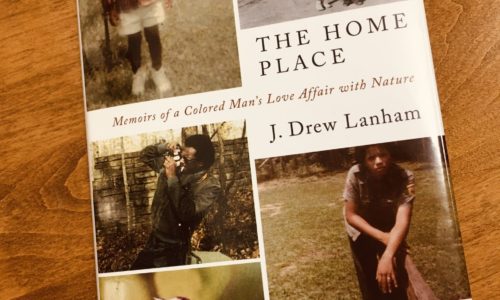
King’s Dream and Natural History
During the summer of 1963, Martin Luther King Jr. referenced the geographic high ground of our region in his “I Have a …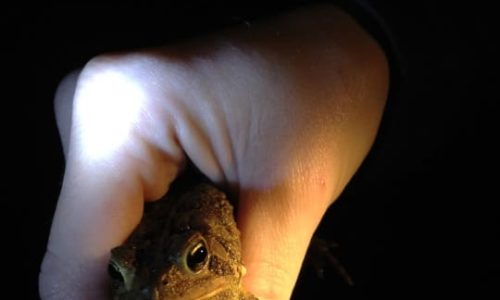
Becoming a Science Educator
Think back to when you were a child – what was your favorite way to learn how something works? Mine was to …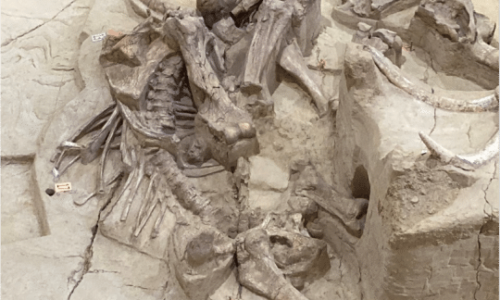
A Visit to the Mammoth Site, Hot Springs, SD
Did you know that not all museums display their fossil specimens mounted in life-like poses? At The Mammoth Site of Hot Springs, …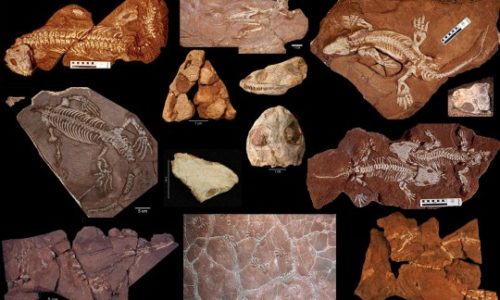
The Bromacker Fossil Project Part XIII: What We Learned
New to this series? Need to catch up on your reading? Here are all the previous posts for the Bromacker Fossil Project: Part I, …
